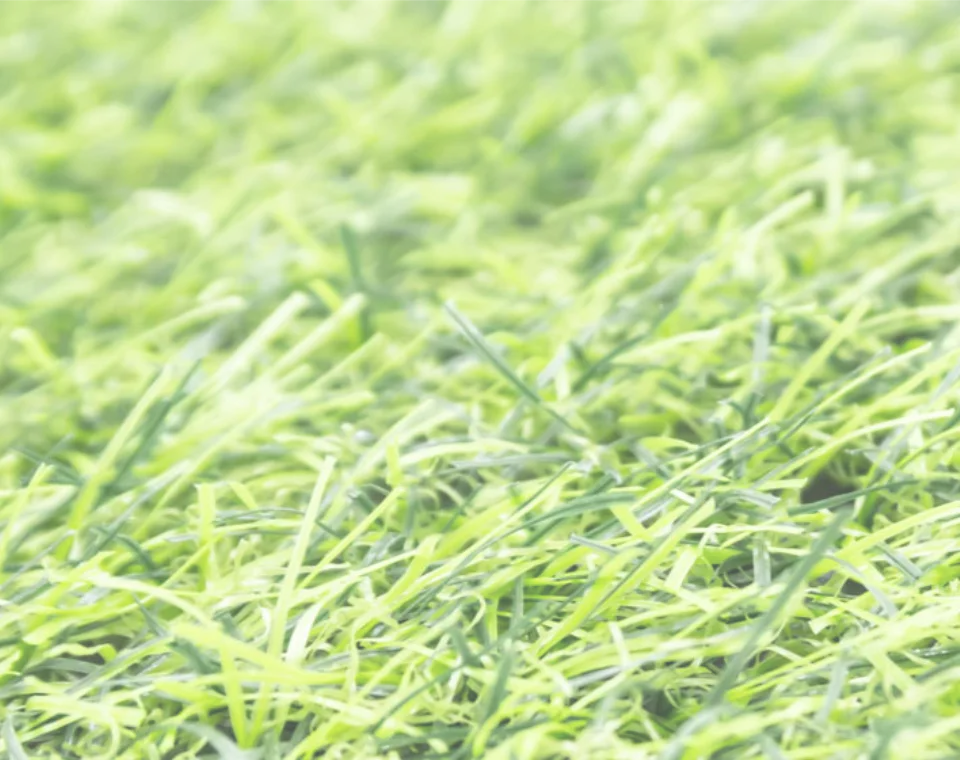
- Afrikaans
- Arabic
- Belarusian
- Bengali
- Czech
- Danish
- Dutch
- English
- Esperanto
- Estonian
- Finnish
- French
- German
- Greek
- Hindi
- Hungarian
- Icelandic
- Indonesian
- irish
- Italian
- Japanese
- kazakh
- Rwandese
- Korean
- Kyrgyz
- Lao
- Latin
- Latvian
- Malay
- Mongolian
- Myanmar
- Norwegian
- Persian
- Polish
- Portuguese
- Romanian
- Russian
- Serbian
- Spanish
- Swedish
- Tagalog
- Tajik
- Thai
- Turkish
- Turkmen
- Ukrainian
- Urdu
- Uighur
- Uzbek
- Vietnamese
Understanding the Expenses Involved in Installing Football Turf
Nov . 25, 2024 06:02 Back to list
Understanding the Cost of Football Turf An Investment in Quality and Performance
As the popularity of football continues to soar, so does the demand for high-quality playing surfaces that can withstand the rigors of the game. With the advent of synthetic turf, many clubs, schools, and municipalities are opting for artificial grass installations over traditional natural grass fields. However, one of the most crucial factors to consider is the cost associated with football turf. This article aims to break down the various elements that contribute to the overall expense of installing and maintaining football turf, highlighting both the initial investment and long-term benefits.
Initial Installation Costs
The first aspect to consider is the initial cost of purchasing and installing football turf
. This cost can vary significantly depending on several factors1. Type of Turf The choice of synthetic turf plays a pivotal role in determining the overall cost. High-quality turf designed specifically for football, featuring advanced technology to mimic the look and feel of natural grass, typically comes at a premium. Prices can range from $5 to $10 per square foot, with more advanced systems potentially costing even more.
2. Field Size The standard size of a football field is approximately 100 yards long by 53.3 yards wide. Consequently, the total area can reach about 57,000 square feet. The larger the field, the more turf material is needed, significantly impacting the overall cost.
3. Site Preparation Before installation, proper site preparation is essential. This can involve grading the land, excavating existing grass, and installing a drainage system. Depending on the initial condition of the site, these costs can add thousands of dollars to the overall budget.
4. Infill Materials Many synthetic turf systems require infill materials like rubber granules or sand to enhance performance and provide cushioning. The choice and amount of infill can also affect the final cost.
cost for football turf

5. Labor Costs Installing synthetic turf is not a DIY project—it typically requires experienced contractors. Labor costs can vary, but hiring professionals ensures that the installation is done correctly to maximize durability and performance.
Long-term Maintenance Costs
While the initial cost of football turf may be higher than natural grass, the long-term maintenance costs often favor synthetic options. Here are some factors to consider
1. Maintenance Requirements Natural grass fields require regular maintenance, including mowing, fertilizing, and watering, which can add ongoing costs. In contrast, synthetic turf requires less maintenance. While it does need periodic brushing and cleaning to remove debris and maintain its appearance, these tasks are less labor-intensive than maintaining natural grass.
2. Longevity High-quality synthetic turf can last anywhere from 8 to 15 years, depending on usage and maintenance. This longevity translates into a better return on investment since, unlike natural grass, which may require re-sodding yearly, artificial turf remains playable for many seasons without the need for extensive repairs.
3. Flexibility in Scheduling Synthetic turf provides the flexibility to host multiple events and practices without damaging the field. This benefit can lead to increased utilization of the facility, generating additional revenue for clubs and schools.
Conclusion
Investing in football turf is more than just a financial decision; it’s about enhancing the level of play, ensuring safety for athletes, and maximizing the use of facilities. While the initial costs can be significant, the long-term benefits—including increased durability, reduced maintenance needs, and improved performance—make synthetic turf an appealing option for football fields. As the game continues to evolve, understanding the factors contributing to the cost of football turf will empower decision-makers to make informed choices that benefit players and communities alike. Ultimately, the goal is to create a premier playing environment that supports the growth and development of football for generations to come.
-
The Benefits of Artificial Turf for Indoors
NewsJul.15,2025
-
How Artificial Grass Suppliers Ensure Quality Products
NewsJul.15,2025
-
Artificial Grass and Pets: A Space for Relaxation
NewsJul.08,2025
-
Balcony & Outdoor Decoration with Artificial Grass
NewsJul.08,2025
-
Best Indoor Artificial Grass for Home
NewsJul.07,2025
-
Best Pet Turf for Dogs: Safe & Durable Artificial Grass Options
NewsJul.07,2025
Products categories









